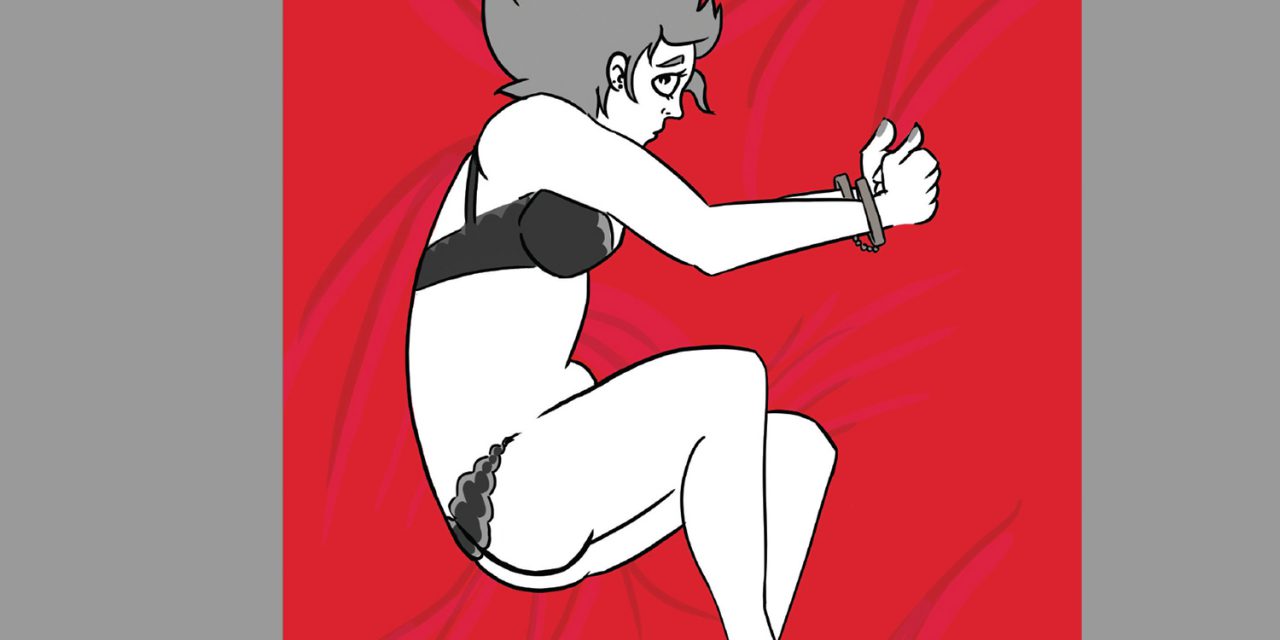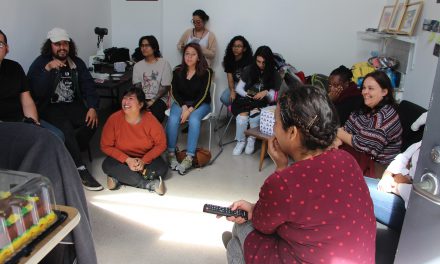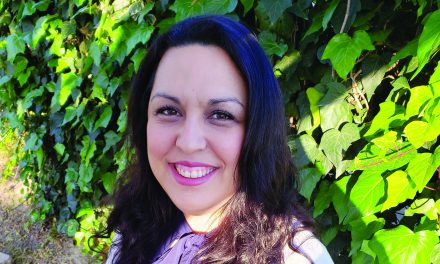The beginning comes out of nowhere; it is an unexpected turn that overpowers an individual’s life and sweeps them into a chaotic and traumatic experience. “ICE” a website for the Department of Homeland Security shares the story of Tonya, which is the pseudonym of a young girl who was manipulated into a lifestyle of human trafficking based on the logic of “if you love me.”
Tonya and her mom had moved into an apartment, when she was 13, where Eddie, also a pseudonym, lived with his kids. Tonya and Eddie would see each other quite often, and be openly flirty.
When Tonya was 15 she was a runaway and began to live with Eddie after they reconnected at a grocery store. At first things seemed normal, Tonya cooked, cleaned, and would help take care of his children. Then one night they were at a bar and Eddie placed a relentless amount of peer pressure on Tonya by saying that, “if she loved him” she would sleep with this guy at the party, promising her it would be a one-time thing.
Tonya gave into the pressure, but little did she know that this would end up being every single night thing for the next couple weeks. She was unprepared for the emotional and psychological damage that this would cause. Tonya believed that she was doing this because she loved Eddie, and tried her best to handle the entirety of the trauma that her mind and body were suffering.
Tonya stated, “Being able to sleep with that many people and live with myself and get up every day and keep doing it and just lying there being helpless was so hard.”
Tonya was rescued by U.S. Immigration and Custom’s Enforcement (ICE) Homeland Security Investigations (HSI) very own Special Agent Keith Owens, who arrested Eddie for his crimes.
Owens stated, “As a special agent with HSI, I believe it is a duty and an honor for me to assist and protect survivors like Tonya against human traffickers who wish to exploit their innocence for greed, control and money.”
“Any individual or group who wishes to prey upon the vulnerabilities of any man, woman or child and force them into a life of sex or labor trafficking should be prosecuted to the full extent of the law. HSI continues to lead this charge,” Owens stated.
The painful reality is that human trafficking is hiding in every corner of the world. The places we are familiar with and the people that we know could very possibly be a part of this ever growing weed called human trafficking.
In 2001, San Diego was identified as one of the highest active areas for child sex trafficking by the FBI. The FBI also labeled North County as one of the top 13 highest intensity areas for child prostitution. California ranks as number four amongst the states.
Secretary of State (2013-2017), John Kerry, addressed the dominance of trafficking in the world today by stating, “If the cries of those who are enslaved around the world today were an earthquake, then tremors would be felt in every single nation on the continent on every continent simultaneously.”
Ami Carpenter, associate professor with the Joan B. Kroc School of Peace Studies at University of San Diego, collaborated with Jamie Gates, professor of cultural anthropology at Point Loma Nazarene University, to develop a case study that investigated human trafficking in San Diego.
The study, known as “Measuring the Nature and Extent of Gang Involvement in Sex Trafficking in San Diego,” was funded by the National Institute of Justice, and is one of the largest and most comprehensive investigations into human trafficking in the United States today.
In San Diego alone, there are roughly 3,417-8,108 victims/survivors of human trafficking every year and only 1,766 will come in contact with law enforcement. Usually, a victim will be trafficked for an average of three years before they reach any sort of contact with law enforcement. The sex economy makes $810 million trafficking underground, and the operation is the second largest underground economy in San Diego following drug trafficking.
The average age of a child being exploited in commercial sex trafficking is 16 years of age. Recruitment for the commercial sexual exploitation of children (CSEC) is happening everyday on middle school and high school campuses. Meanwhile 50 percent of adults that are arrested for prostitution fit the legal classification for being sex trafficked.
Summer Stephan, who heads the human trafficking task force in San Diego and is the chief deputy district attorney in San Diego, stated in an interview with KPBS, “When you don’t have actual figures of the scope of a public safety threat as big as the trafficking of girls and women and young boys then it’s very difficult to ask for the right resources to attack this issue.”
So, what do we do? How do we help? In hearing heavily emotional content we automatically desire to “fix” it in a sense, and ask ourselves these questions. But, what we should be asking is how do we make ourselves aware? One has to want to see the painful truth consuming our community in order to know where to begin.
By knowing what to “see,” you allow yourself to become aware of your surroundings and situations.
According to the Polaris Project, the following are some of the key signs to look for with human trafficking:
· Appearing malnourished
· Showing signs of physical and sexual abuse
· Oddly long or weird “work” hours
· Lack of knowledge of one’s whereabouts
· A third party is always present and the subject cannot speak for themselves
· A loss sense of time
· Has constant fear, anxiety, submissive nature and depressive tendencies.
Additional characteristics to look for include:
· Has expensive items, but no means to have bought the items
· Oily hair
· Extremely timid
· Constantly has their guard up
· Referring to other individuals as “daddy”
· Distant behavior
“I started seeing it once I knew what to look for…I started seeing young girls sitting at bus stops on Rosecrans but not getting on the bus,” stated Carpenter in an interview with KPBS.
Palomar student Forrest Ponsot, is a 21-year-old, philosophy major who desires to create a community where all people can flourish. With this desire he has created a Human Trafficking subcommittee on the Palomar campus to raise awareness of human trafficking and to educate people on the social injustice occurring in our communities today.
Ponsot stated, “It is local and my biggest issue is that people don’t know about it.”
Today, people do not want to know the sad truths that are consuming are everyday lives. Is your child in a class room with a victim of child sex trafficking? Is your neighbor involved in a human trafficking ring? The possibilities are endless.
Everyone is a potential victim of human trafficking. We must begin to raise awareness in our school systems, homes, communities and create a widespread awareness of the prominence of human trafficking. In order to do so, education is the key ingredient.
Dr. Saisuree Chutikul, who is the chair of the national subcommittee in Thailand that works to combat human trafficking in their communities and is on the board of trustees with the ‘United Nations Voluntary Trust Fund for Victims of Human Trafficking,” gave an interview with United Nations Office on Drugs and Crime (UNODC).
“Education and knowledge of trafficking in persons among all members of society are key to beating human traffickers. You have to use all of the means at your disposal to raise awareness about the crime, its nature, causes and damage to victims – Governments, civil society, the press, private companies: each and every entity must work toward promoting knowledge of this issue… Citizen reporting is a major area which shouldn’t be overlooked. Victims can often be society’s most marginalized members and it’s up to neighbors and friends to look out for one another.”
Don’t stay silent! If you are aware of or suspect human trafficking, speak up! If you are a victim or have been effected by human trafficking, speak up! There are people willing to help. Call the National Human Trafficking Hotline 1.888.373.7888 or text help to BeFree (233733). Speak up, because it is your world, too.
Ponsot stated, “We are the future, and not a lot of people consider this. There is some sort of duty encapsulated within that saying because we are creating the future, and what kind of future do we want to see?”






Recent Comments